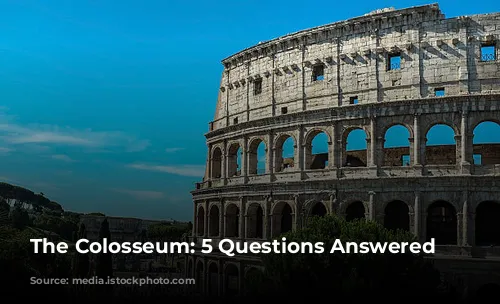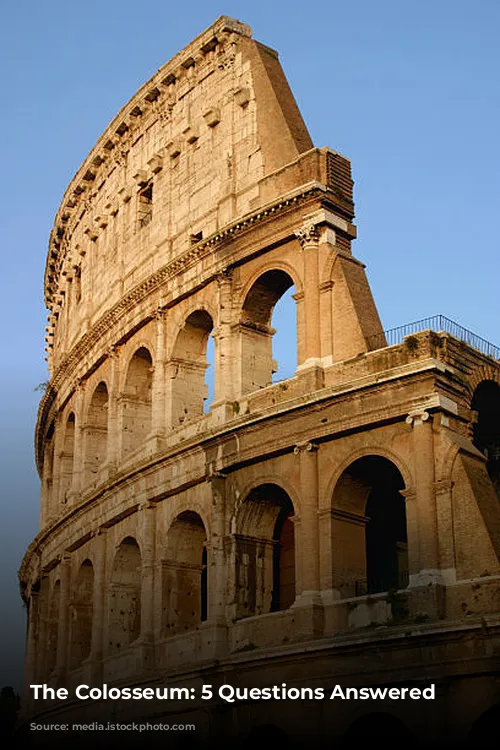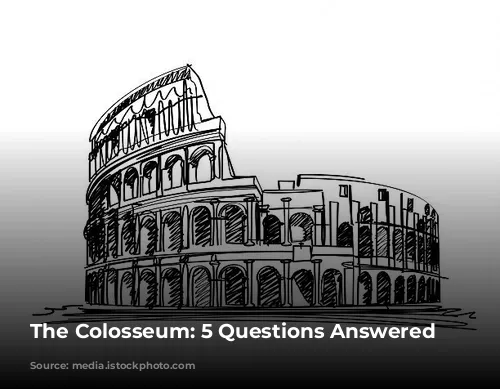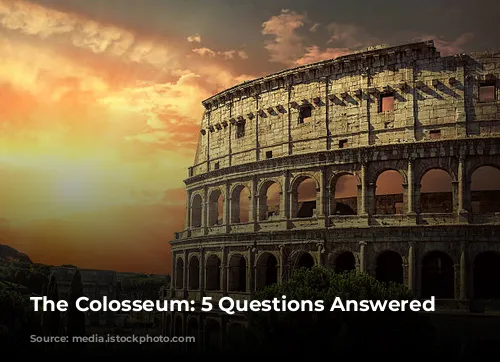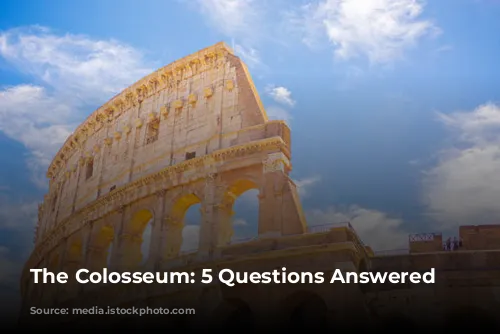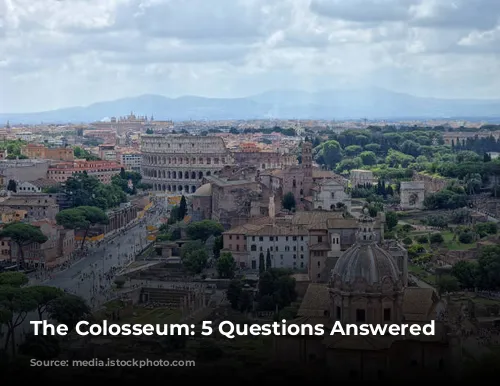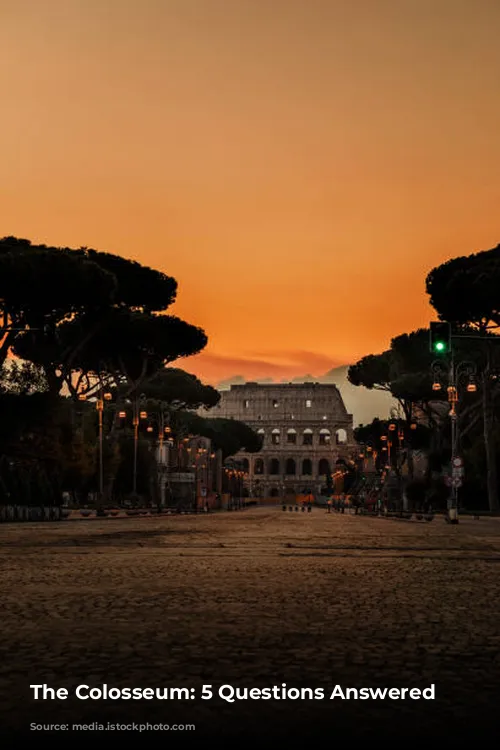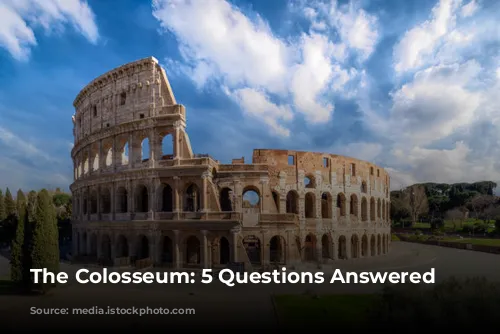The Colosseum, originally known as the Flavian Amphitheater, stands as a monumental testament to the grandeur of Ancient Rome. This massive structure, the largest of its time, has captivated imaginations for centuries, inspiring countless stories and legends. It’s impossible not to wonder about this iconic landmark, and we’re here to answer some of the most common questions.
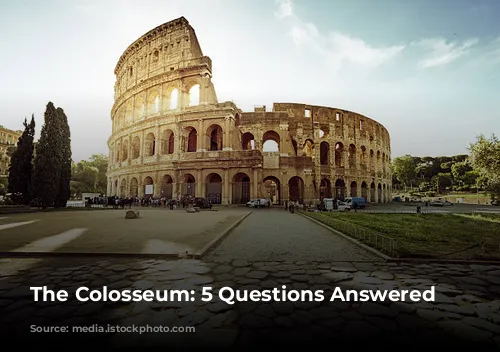
Why Does the Colosseum Seem Smaller Than I Expected?
Many visitors are surprised by the Colosseum’s size, expecting something even larger than it is. While it may seem strange to those familiar with the structure, this is a common query, especially among first-time visitors. The reason lies in the evolution of modern stadiums. Today’s arenas are adorned with various additions – concession stands, parking lots, press boxes, and merchandise shops – that weren’t present in the ancient world. However, if you compare the actual playing field of a modern stadium to the Colosseum’s Arena, you’ll find that they are surprisingly similar in size.
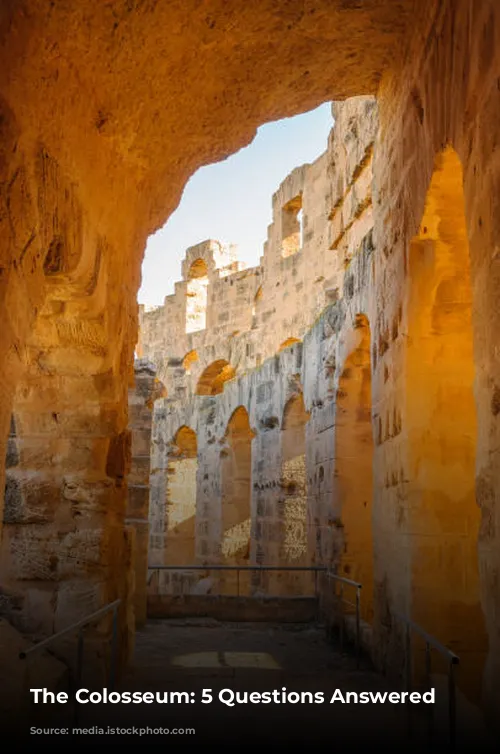
Why is the Colosseum in Such a State of Ruin?
The Colosseum’s current state of disrepair is a poignant reminder of the ebb and flow of time. As the Roman Empire declined and the Middle Ages approached, Rome’s population dwindled, and many structures fell into neglect. The Catholic Church, seeking materials for its own grand projects, saw the Colosseum, along with other “pagan” structures, as a convenient source of stone. Marble from the Colosseum was used in the construction of both the Lateran and St. Peter’s Basilica, while bronze from the Pantheon was repurposed to build the baldachin of St. Peter’s designed by Bernini. This plundering, coupled with the occasional earthquake, contributed significantly to the Colosseum’s current condition.
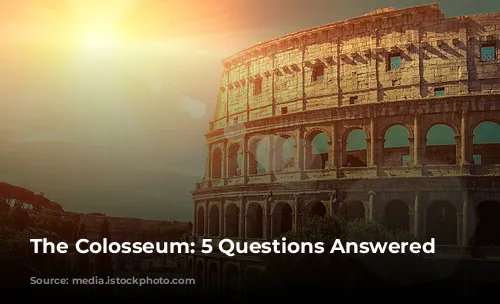
What Was the Colosseum Built For?
While the Colosseum’s sheer size and magnificence served to symbolize Rome’s power and its emperors’ authority, its construction was driven by a desire for redemption. Emperor Vespasian sought to atone for the extravagance of his predecessor, Nero, whose excesses had alienated many Romans. The Jewish rebellion in Palestine provided an opportune moment to raise funds for the arena’s construction. Nero, who had built his opulent Domus Aurea (Golden House) in the heart of Rome, had sparked a civil war and been blamed for the great fire of A.D. 64. Vespasian decided to build the Colosseum in the same location, creating a “palace for the people” that would host gladiator games and other public spectacles. He inaugurated the Colosseum with 100 days of games and made admission free for everyone.
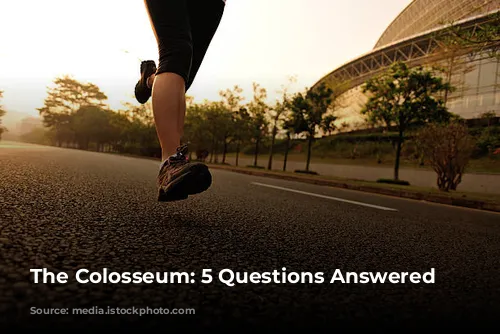
How Long Did it Take to Build the Colosseum?
Despite its monumental size, the Colosseum was completed surprisingly quickly, taking only eight years from 72 AD to 80 AD. While commissioned by Emperor Vespasian, he never saw its completion, as it was inaugurated one year after his death, under the rule of his son, Titus. This remarkable speed was achieved thanks to the sheer manpower employed in the construction. Thousands of slaves labored to transport materials, while skilled and semi-skilled workers built the structure. The quarries that supplied the stone also had their own workforce, bringing the total number of laborers to a staggering 20,000 to 30,000 people.
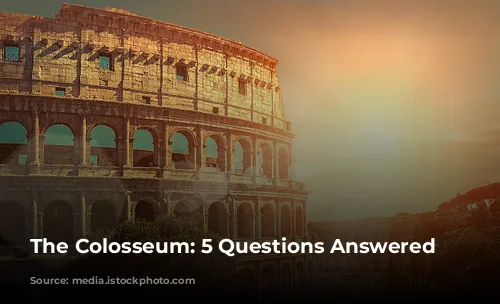
Were Mock Naval Battles Held Inside the Colosseum?
While the Colosseum’s use for naval battles (naumachiae) is uncertain, it seems likely that such events occurred in the arena’s first two years of operation. Emperor Domitian, who ruled from 81 AD to 96 AD, added substructures that made these battles impractical. Historical accounts and archaeological evidence suggest that water courses flowed through the valley where the Colosseum was built, and this infrastructure could have been used to flood the Arena. The presence of a lake in the same location before the Colosseum’s construction further supports this theory. While the water could have been easily diverted into the Arena, the same channels would have been used to drain it after the battles.
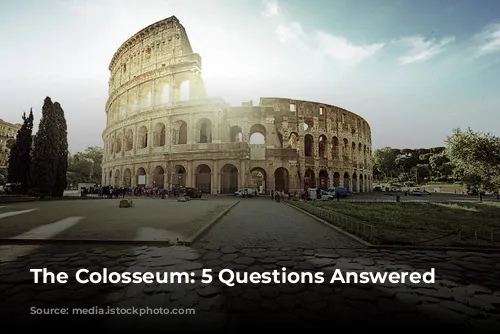
The Colosseum: A Living Legacy
The Colosseum continues to hold a powerful grip on our imaginations. Its enduring presence serves as a reminder of the power, ingenuity, and cultural vibrancy of the Roman Empire. As we’ve explored, this incredible structure is more than just a ruin. It’s a testament to human ambition, a symbol of the past, and a window into a fascinating world.
